
Scientists visit the archaeological site at Thang Long Imperial Citadel. Photo: HOANG HOA
From the world …
Heritage economy has a long way to go, as long as the development of humanity itself. In history, the Silk Road is a clear demonstration of the economic power of heritage. Common goods, when passing through the legendary route, were inspired by stories of distant Eastern dynasties. It was the cultural exchange that turned them into “heritage” worth hundreds of times the cost of production and transportation, sought after by European aristocrats regardless of the high price.
Before that, in the Stone Age, axes were the embodiment of heritage - the crystallization of knowledge and labor techniques passed down - bringing material wealth to primitive communities. Tens of thousands of years later, these legacies continue to create new values: from museum artifacts to research topics, from sources of creative inspiration to data for artificial intelligence.
Although economic activities from heritage have existed for millennia, the study and identification of them is a story of modern times. In the 1960s, when society increasingly recognized the role of culture in economic development, the field of Cultural Economics was born as a matter of course. Economists began to apply economic analysis tools to fields that were considered non-commercial: from art auctions to creative copyrights, from celebrity phenomena to cultural welfare economics. The birth of the Association for Cultural Economics International (ACEI) in 1973, the Journal of Cultural Economics in 1977, which has been operating continuously until now, and many books in this field have demonstrated a solid foundation for the study of the relationship between economics and culture.
As cities and countries increasingly recognize the enormous potential of heritage in sustainable development, a new branch of Cultural Economics has gradually taken shape. The concept of Heritage Economics, developed in the 2010s, has expanded its vision from the study of individual cultural and artistic activities to the comprehensive study of the role of heritage in development. In 2012, the World Bank published “The Economics of Uniqueness: Investing in Historic City Cores and Cultural Heritage Assets for Sustainable Development”, which brings together research from many leading scholars, including Australian scholar David Throsby, who developed the theoretical framework of “Heritage Economics”. The importance of this work to the Heritage industry was confirmed when it was officially archived by ICOMOS - the International Council on Monuments and Sites - in their open archive.
…to Vietnam
The journey from practice to theory, which continues to progress steadily, has become one of the most interesting stories unfolding: Perhaps this is a rare economic sector that Vietnam entered as a trendsetter.
In fact, we started researching this field in the 2000s and initiated the concept of Heritage Economy in Nghe An in 2013. At the end of 2017, the People's Committee of Nghe An province issued Decision 6103/QD-UBND approving the Planning of the relic system in Nghe An province to 2030, with a vision to 2050, marking the first time this concept appeared in an official document of Vietnam. On May 8, 2019, the Scientific Workshop "Preserving and promoting the value of cultural heritage associated with the development of heritage economy in Nghe An province" organized by the People's Committee of Nghe An province, invited many scientists and managers to give advice, including the topic "Heritage Economy - A new growth driver". Unfortunately, Nghe An is a place that accepts the idea of initiative but does not have enough conditions to realize these ideas.
At the national level, despite initial cautious reactions, even a proposal to "abandon the concept of heritage economy" from the Ministry of Culture, Sports and Tourism in Document No. 4271/BVHTTDL-DSVH dated October 6, 2023, giving comments on the Task of establishing a Plan for the preservation, restoration and rehabilitation of Ha Long Bay Scenic Landscapes for the period 2021-2030, with a vision to 2050, it seems that the "ship" of Heritage Economy is steady enough to move forward.
Examples of success abroad
Heritage economy is an economic form that develops based on a foundation of sustainable values, with the core characteristics of inheritance and continuous creation of new values. In the digital age, AI has emerged as a powerful tool to exploit this potential. With the ability to inherit data platforms and personalization, AI is becoming an important factor in increasing the value of heritage from the past to the future.
The digital age is rewriting the definition of heritage. What was considered “digital junk” – old data, seemingly worthless information – is becoming a valuable resource for the future. Google Books digitizes millions of old books, OpenAI turns internet data into the foundation for ChatGPT, showing that in the age of Big Data and AI, every digital trace has the potential to become heritage.
“Intellectual heritage” is also being reshaped. MrBeast built a YouTube empire worth more than $1 billion not just from entertainment content, but from a digital legacy of new-age storytelling. Coursera turned university lectures—which once existed only in the classroom—into globally accessible intellectual assets. Meta invested $10 billion in the metaverse, and the NFT market reached $40 billion, signaling an era where heritage is no longer limited by physical existence.
If the digital space allows us to redefine heritage, then the Louvre Abu Dhabi is an excellent example of art “borrowing” cultural heritage – a win-win model. France has shown that it is possible to exploit the commercial value of heritage without damaging the original heritage: Just allowing the use of the name “Louvre” for 30 years brought in 525 million USD, out of a total deal of 1.3 billion USD. For the UAE, this investment quickly paid off when the museum designed by “Starchitect” Jean Nouvel attracted more than 2 million visitors in its first year, turning Abu Dhabi into the new cultural center of the Middle East.
Experience also shows that the key to success lies in practical action and emphasizing community initiatives, participation, and responsibility and benefits. Specifically: (1) Creating agents to change the region; (2) Community participation; (3) Convincing authorities at all levels to support; (4) Implementing projects with the support of experts; (5) Each heritage has “one” settlement, each settlement has “one” product; (6) Integrating functions, integrating values; (7) Each heritage has “one” style, each product has “one” expert; (8) The program of activities must be continuous like a flow; (9) Added value comes from the environment and aesthetics; (10) Constant change and adaptation (depending on fate and immutability); (11) Society determines success; (12) First is culture and finally people.
Technology to increase heritage value through cultural tourism: Making known; Making known; Making consumed; Adding value (product); Making return (with others); and Expanding the market (brand development).
Heritage economy develops based on the ability to identify values, inheritance attraction, transformation and increase value. Practical experiences show that the prospect of developing Heritage Economy associated with AI is limitless. We affirm that: Heritage Economy together with AI will be the premise for Vietnam to enter the path of "standing shoulder to shoulder with the world powers". AI and Heritage Economy are a pair of dualities that create and link Science, Technology, Politics, Economics, Culture, History, and the art of turning dreams into reality.
A heritage site needs to develop at least 10 sources of income synchronously: (1) Entrance tickets, (2) Brand management, (3) Souvenirs, (4) Museum services, (5) Events and performances, (6) Jobs from conservation and maintenance, (7) Investment in new construction, (8) Income from landscape maintenance, (9) Ancillary tourism services and (10) Scientific research.
QUANG MINH, NGUYEN PHUONG, HOANG PHUONG
Source: https://nhandan.vn/goi-y-ve-mo-hinh-kinh-te-di-san-post860445.html





![[Photo] Deep sea sand deposits, ancient wooden ship An Bang faces the risk of being buried again](https://vphoto.vietnam.vn/thumb/1200x675/vietnam/resource/IMAGE/2025/11/13/1763033175715_ndo_br_thuyen-1-jpg.webp)
![[Photo] General Secretary To Lam visits Long Thanh International Airport Project](https://vphoto.vietnam.vn/thumb/1200x675/vietnam/resource/IMAGE/2025/11/13/1763008564398_vna-potal-tong-bi-thu-to-lam-tham-du-an-cang-hang-khong-quoc-te-long-thanh-8404600-1261-jpg.webp)



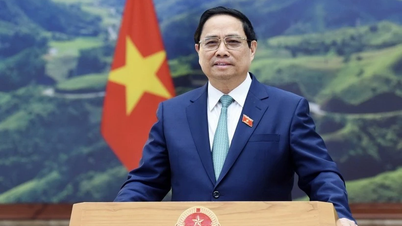



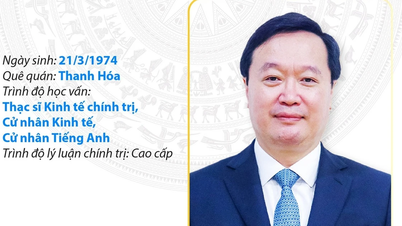
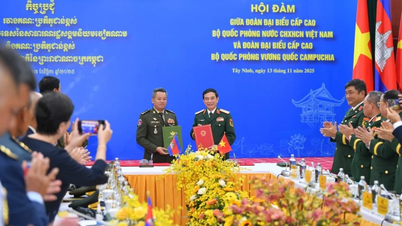
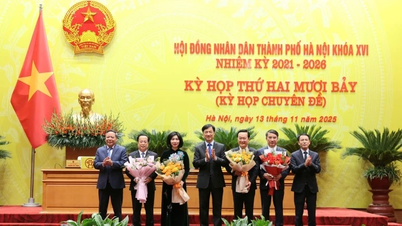




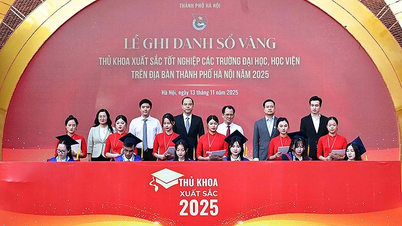
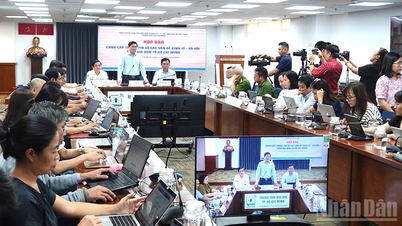
![[Photo] Panorama of the 2nd Vietnam-Cambodia Border Defense Friendship Exchange](https://vphoto.vietnam.vn/thumb/402x226/vietnam/resource/IMAGE/2025/11/13/1763033233033_image.jpeg)
![[Photo] Deep sea sand deposits, ancient wooden ship An Bang faces the risk of being buried again](https://vphoto.vietnam.vn/thumb/402x226/vietnam/resource/IMAGE/2025/11/13/1763033175715_ndo_br_thuyen-1-jpg.webp)
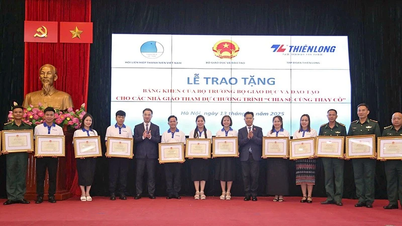





































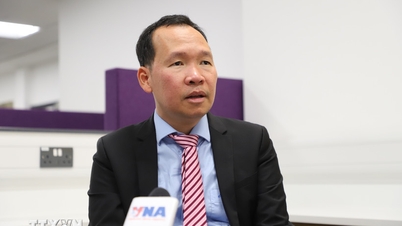


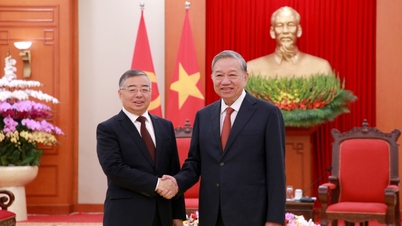





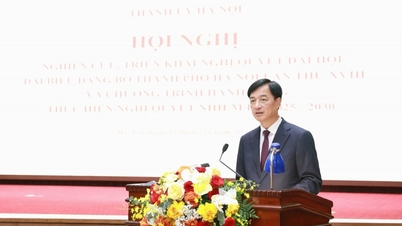
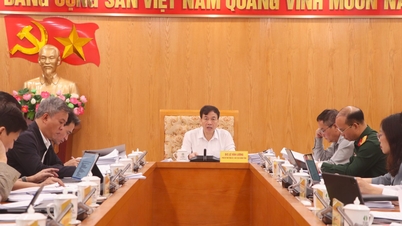


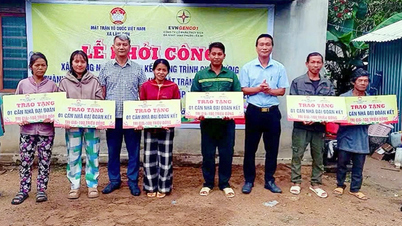


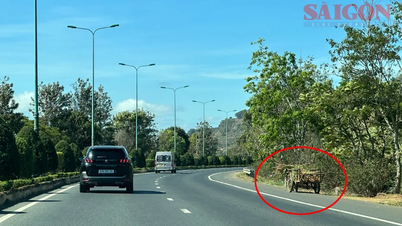

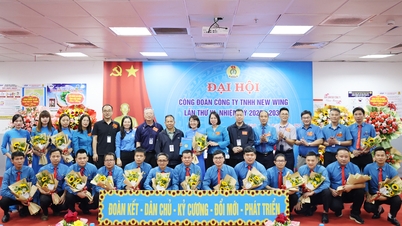






![Dong Nai OCOP transition: [Article 3] Linking tourism with OCOP product consumption](https://vphoto.vietnam.vn/thumb/402x226/vietnam/resource/IMAGE/2025/11/10/1762739199309_1324-2740-7_n-162543_981.jpeg)



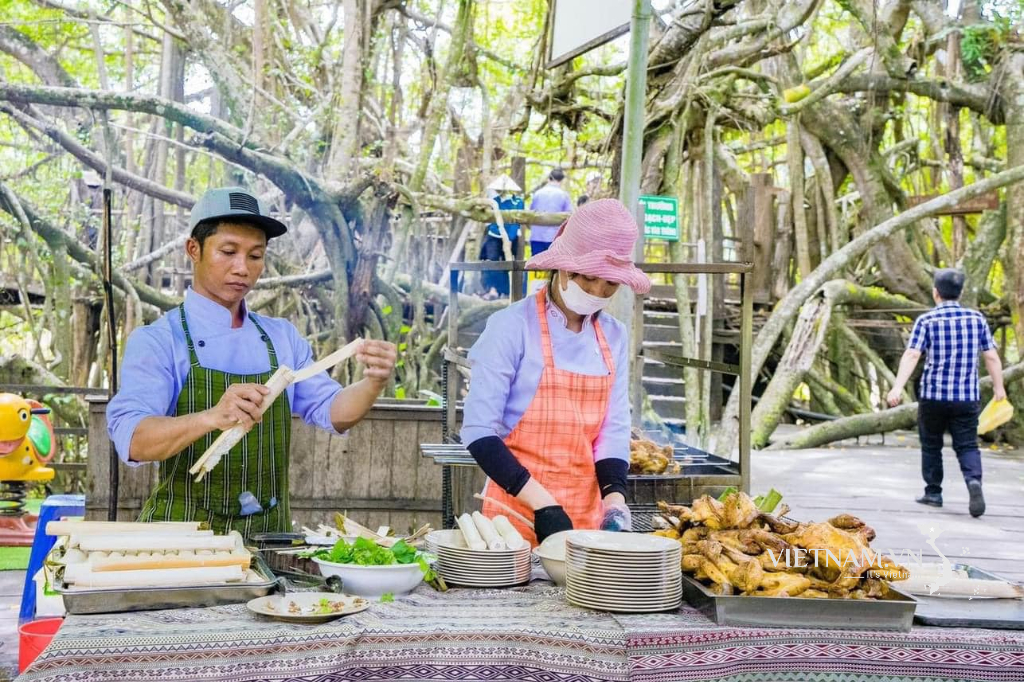



Comment (0)